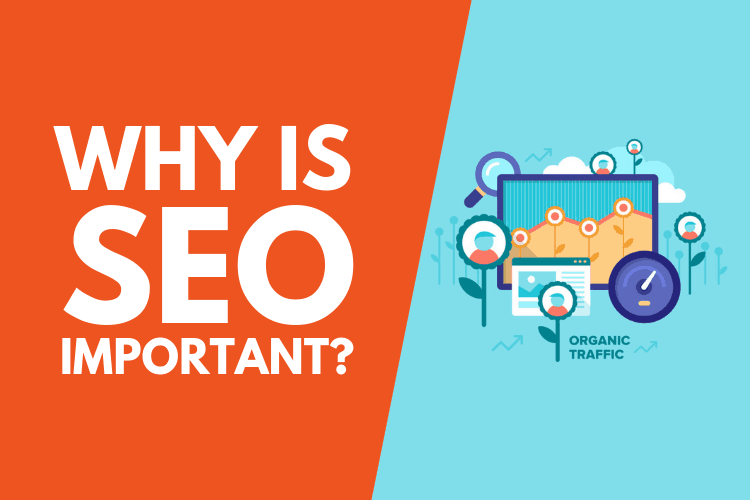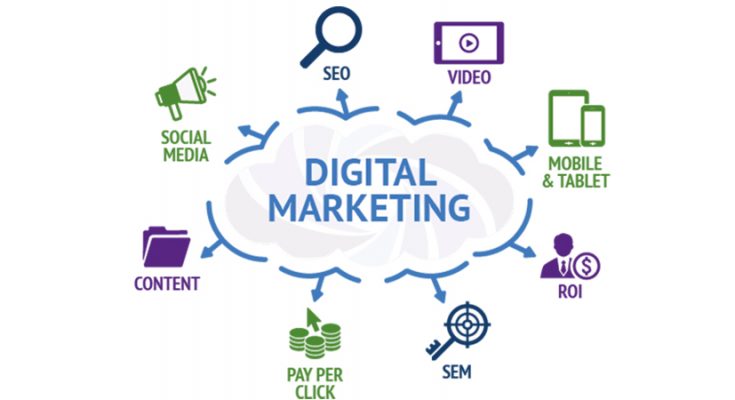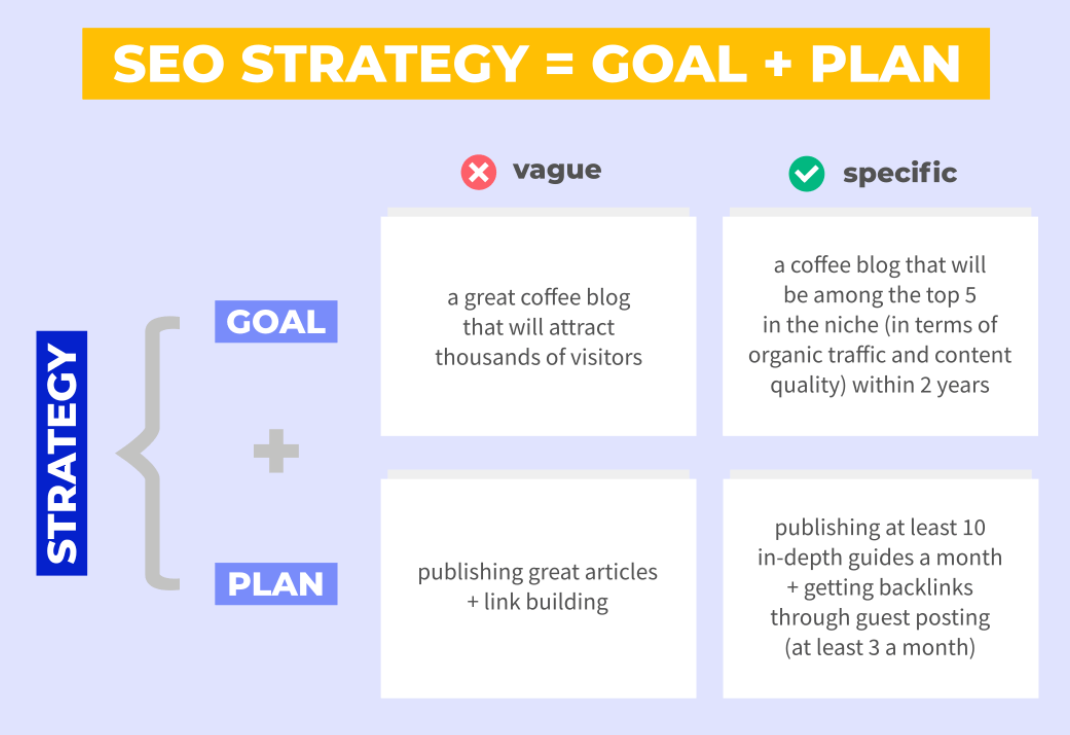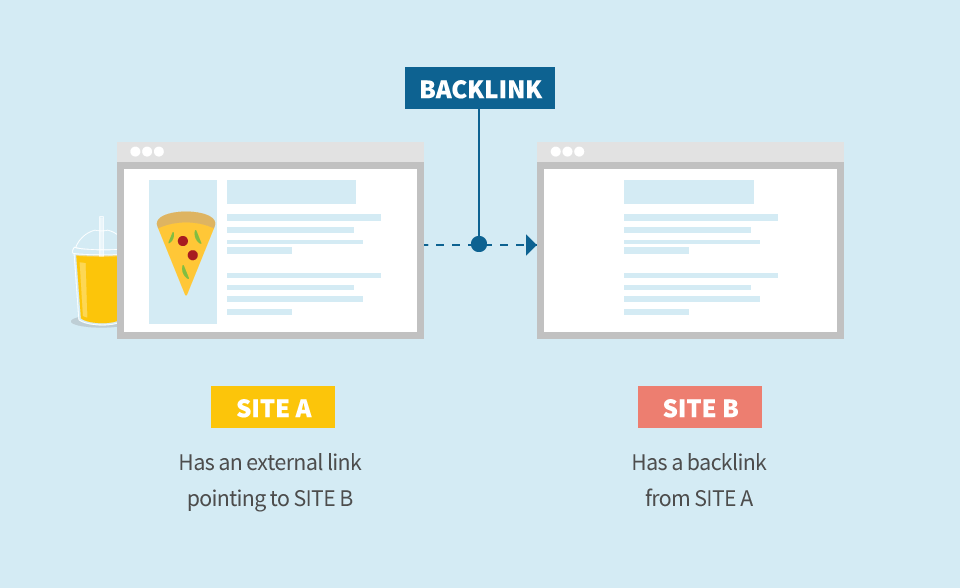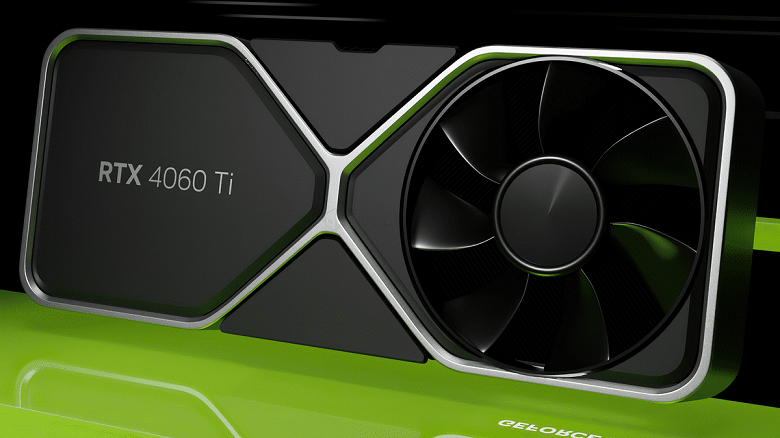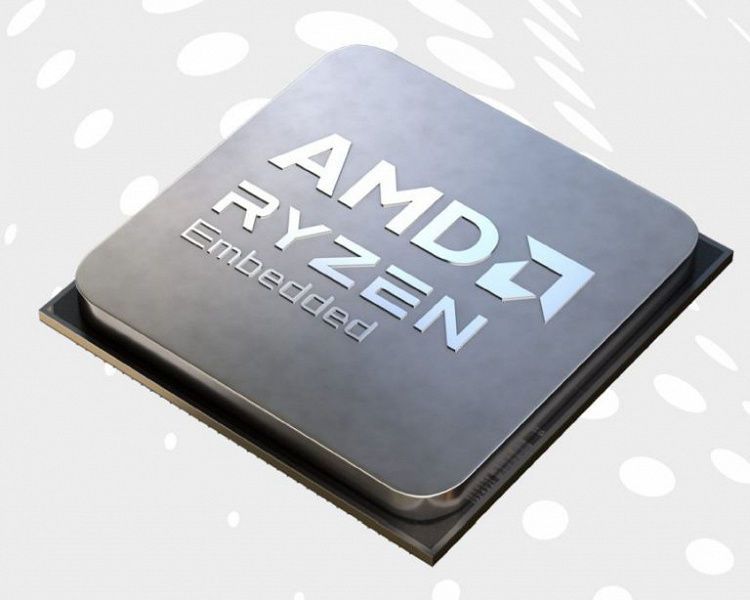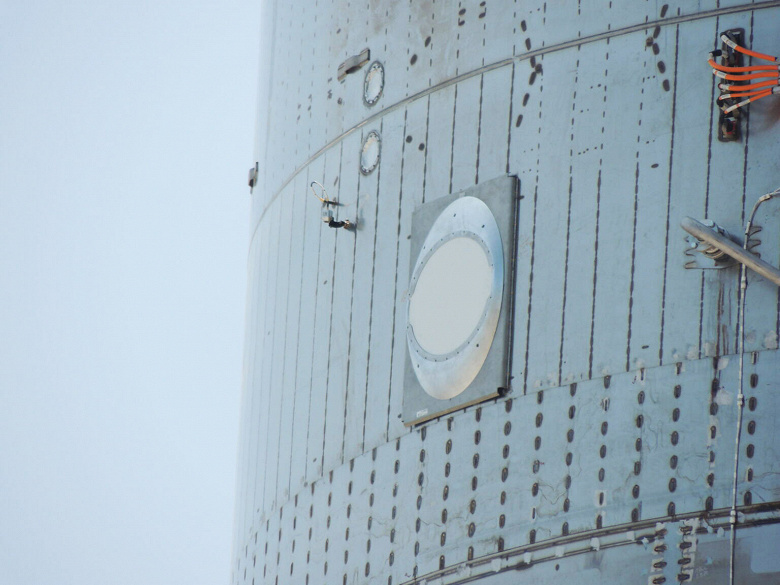YouTube has shared new details on how its recommendation algorithm works.
The new algorithm was introduced in 2016, but little is known about it. We know that recommendations are influenced by factors such as clicks, watch time, likes/dislikes, comments, and freshness of content. At the same time, we do not know, for example, whether external traffic affects them.
youtube algorithmIt is also unknown how low-performance videos might influence future channel recommendations. The same goes for potentially negative factors such as inactive subscribers and too frequent video downloads.
YouTube employees discussed these issues in a new Q & A video dedicated to the recommendation algorithm.
-
Videos with low efficiency
If one of the videos is performing poorly, would that harm the channel? Could a few weaker videos pull down higher quality videos in the future?
YouTube does not rate the channel as a whole based on the performance of multiple videos. When deciding on a recommendation, the service only cares about how users react to a given video.
The recommendation algorithm always “follows the audience.” If a video engages users, it will show up in recommendations, no matter how popular the other videos from that channel are.
-
Too many downloads per day
Is there a mark, starting from which the number of videos per day/week on the channel becomes too large, overloads the algorithm, and it stops recommending them?
There is no limit on how many videos from a channel the algorithm can recommend to a specific viewer in one day. Channels can download as many videos as they want. How many views each of them will receive depends on the preferences of the viewers. YouTube will continue to recommend videos as long as users watch them.
If a channel is uploading more videos than usual, and each of them gets less and less views, this could indicate that the audience is fed up and less engaged.
Although there is no limit on the number of recommended videos from the same channel, there is a limit on the number of alerts sent. So, YouTube only allows 3 such notifications per day.
-
Inactive subscribers
The number of inactive subscribers does not affect the performance of the YouTube recommendation algorithm.
It all depends on the preferences of the audience. A video from a channel with inactive subscribers can get into the recommendations section if it attracts users.
Creating a new channel and re-uploading the same videos will not help show those videos to more people. It is recommended to create a new channel only if the author decided to change the subject or focus of his content.
-
External traffic
How important is external traffic?
External traffic is definitely counted. It can help the video get into the recommendations section, but only if it is already popular with users.
The long-term success of a video depends on how users react to it after clicking on it in their recommendations.
YouTube is only interested in how users interact with videos after clicking on them from recommendations. The algorithm doesn’t care what users do with the video after clicking on it on an external site or app.
You can listen to more detailed information on these points in the video below:
